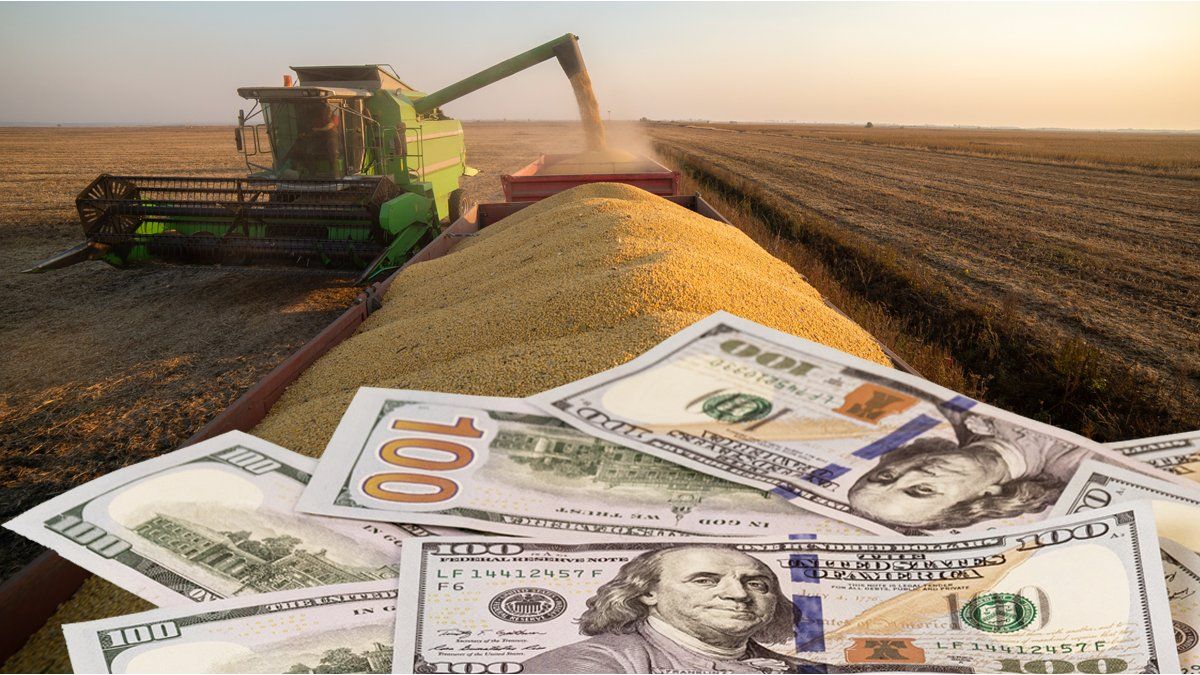During the month of May, companies in the agroindustrial sector liquidated the sum of US$2,612 million. This represents an increase of 37% compared to to the month of April, but a decrease of the same percentage in relation to the same month of May last year under the soy dollar scheme and a slight drop of 4% in relation to the accumulated this year compared to the year 2023 .
The data comes from the monthly report of the Chamber of the Oil Industry of the Argentine Republic (CIARA) and the Cereal Exporters Center (CEC), entities that represent 48% of Argentine exports.
According to the document, the foreign exchange income for the month of May is the result of the regime of exporter dollar in force since December 2023international prices, iclimate impact on the harvest rate of corn and soybeans and the relationship between input costs and grains.
The entities highlight that, “grain export continues to work with high levels of idle capacity, as does the oil industry“, suffering permanent negative margins; something that grew this month due to strikes by oil unions that paralyzed activity for reasons beyond the control of the industry.
Soy+Dolar.jpg
The monthly income of foreign currency, transformed into pesos, It is the mechanism that allows us to continue buying grains from producers at the best possible price, indicates the report.. Likewise, he maintains that the liquidation of foreign currency is fundamentally related to the purchase of grains that will later be exported, either in its same state or as processed products, after industrial transformation.
Most of the foreign exchange income in this sector occurs well in advance of the export, an anticipation that is around 30 days in the case of the export of grains and reaches up to 90 days in the case of the export of oils and protein flours. . This anticipation also depends on the time of the campaign and the grain in question, so there are no delays in the settlement of foreign currency.
According to the text, in this sector, Statistical comparisons between different periods are generally imprecise or inexact because The liquidation of currencies is strongly influenced by the commercial cycle of grains, which depends on various and changing exogenous factors such as international price fluctuations, reduction in supply, different volume and protein value of crops, climatic conditions, holidays, security measures. union strength, regulatory modifications, tariff barriers and foreign tariffs, phytosanitary or quality requirements of other countries, etc.
The oilseed-cereal complex
The oilseed-cereal complex, including biodiesel and its derivatives, contributed, in 2023, 50.1% of Argentina’s total exports, according to INDEC data.
The country’s main export product is soybean meal (12% of the total), which is an industrialized by-product generated by this agro-industrial complex, which currently has a high idle capacity of close to 70%. The second most exported product last year, according to INDEC, was corn (11%) and the third was soybean oil (6.9%).
Source: Ambito
I am a 24-year-old writer and journalist who has been working in the news industry for the past two years. I write primarily about market news, so if you’re looking for insights into what’s going on in the stock market or economic indicators, you’ve come to the right place. I also dabble in writing articles on lifestyle trends and pop culture news.




